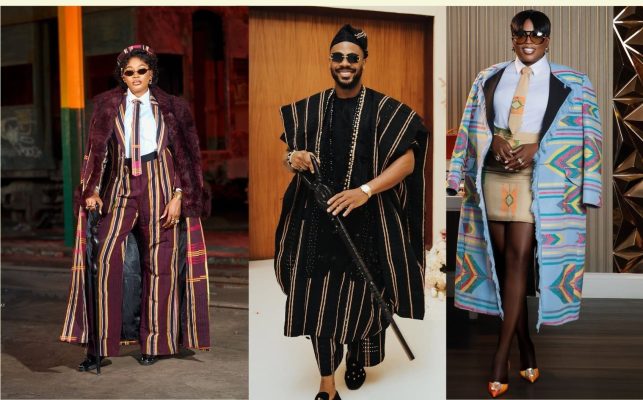
Ghana is rich in culture and has various ethnic groups such as; the Akans, Ga, Adangbe, Guang, Dagombas, Mamprusi, Gurunsi, Gonjas and Ewe.
English is the official language, but the indigenous Twi of the Ashantis, the Fante language, Frafra, Ga, Dagbani, Mampruli, Gonja and Ewe also have official status and are taught in school as indigenous (local) language in the respective areas where they predominate.
The Ewe people, who are the focus of our discussion in this article, are an ethnic group who occupy the south-eastern part of Ghana, and also parts of neighbouring Togo and Benin; Togo (formerly French Togoland) and Volta Region, Ghana (formerly British Togoland; both formerly Togoland, the southern part of which was Eweland or Eʋedukɔ́), and southern Benin.
They speak the Ewe language (Ewe: Eʋegbe) and are related to other speakers of Gbe languages, such as, the Fon, Gen, Phla Phera, and the Aja people of Togo and Benin.
The Origin of the Ewe is similar to those who speak Gbe languages. These speakers occupied the area between Akanland and Yorubaland.
The Ewe is essentially a patrilineal people. They believe that the throne should be reserved to a fief or an heir according to succession; hence, the founder of a community becomes the chief and is usually succeeded by his paternal relatives.

In modern times, chiefs are generally elected by consensus and get advice from elders. There are a number of guidelines regarding the behaviour of chiefs. They are expected to keep their heads covered in public, and are not to be seen drinking. The people see the chief as the communicator between the everyday world and the world of the ancestors. The chief must always keep a clear mind. Traditionally, chiefs are also not to see the face of a corpse. They may take part in the funeral, however, once the corpse is buried or inside the coffin, they are not to have any contact with the corpse. Extended families are the most important units of Ewe social life. Ewe has never supported a hierarchical concentration of power within a large state.
Ewe religion is organized around a creator or deity, Mawu, and over 600 other deities. The Ewe is more traditionally inclined in terms of religion and belief. Many village celebrations and ceremonies take place in honour of one or more deities.
The “coastal Ewe” depend on their fishing trade as major means of livelihood, while the “Inland Ewe” compromises of farmers and keep livestock.

The local variations in economic activities have led to craft specialization; they weave kente cloth, often in geometrical patterns and symbolic designs that have been handed down through the ages.

They are mainly fishing and farming folks. The erratic rainfall pattern of the area has however made fishing highly seasonal and precarious occupation. The situation has forced many, especially the youth to venture into other viable economic and commercial activities like trading, weaving among others to survive.


The Ewe are divided geographically between the western part of Benin (formerly Dahomey), and Togo (southern). The Volta Region was colonized by the British and was originally called British Togoland. After the German defeat in World War I, the Ewe homeland, British Togoland and French Togoland were renamed “Volta Region” and “Togo”. The French Togoland was renamed Republic of Togo and gained independence from France on April 27, 1960. Most Ewes can trace male ancestors to their original villages and make their territorial divisions along the Republic of Togo and Volta Region lines
The Ewes “have been on the move” for a long time, migrating from Tando, in modern-day Western Nigeria to Notsie (ŋɔtsie) in Togo. They are located primarily in the Republic of Togo, in the Volta Region of Ghana, in parts of Benin and Yorubaland in Nigeria.








